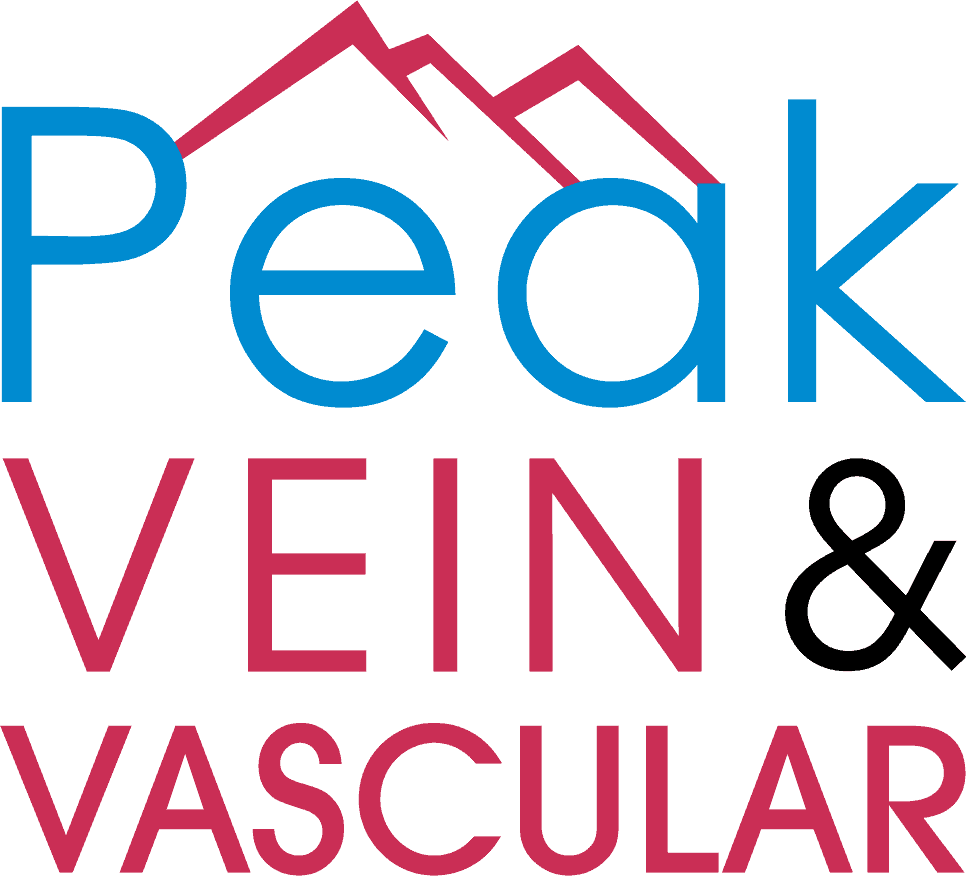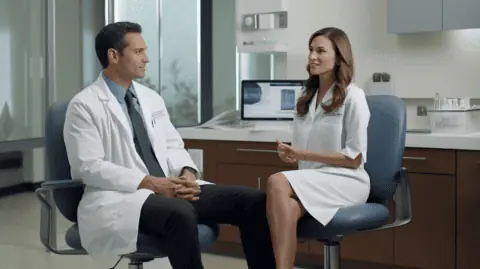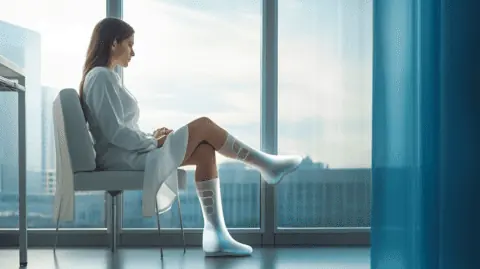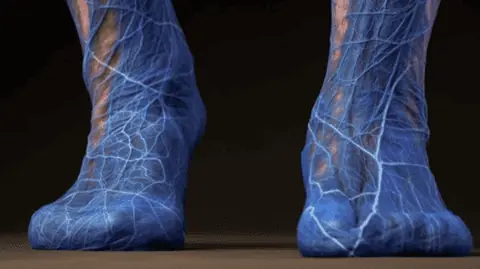Dallas Fort-Worth, a metropolis with its diverse population, is not immune to the prevalent health issue of varicose veins. Surrounded by myths and misconceptions, it’s high time we shed light on this subject.
Myth 1: Varicose Veins are Purely a Cosmetic Problem
The most common myth about varicose veins is that they are just a cosmetic problem, something that only affects one’s appearance. However, Peak Vein Vascular wants you to know that this is far from the truth. Varicose veins can lead to significant discomfort, causing pain, heaviness, or fatigue in the legs. If left untreated, these symptoms can progress to more serious conditions like venous ulcers, a painful, long-lasting type of wound that forms on the skin when veins don’t effectively send blood back to the heart.
Myth 2: Varicose Veins are a Sign of Aging
Varicose veins are often associated with aging. While it’s true that the prevalence of varicose veins does increase with age, they are not solely an affliction of the elderly. Varicose veins can affect people of all ages, from adolescents to seniors. They are a result of issues with the valves in your veins, and factors such as genetics, lifestyle, and occupation can all contribute to their development.
Myth 3: Only Women Get Varicose Veins
This myth is one that persists despite the data suggesting otherwise. Both men and women can develop varicose veins. Factors like genetics, pregnancy, and prolonged standing can contribute to the development of varicose veins, but they are not gender-exclusive. As Peak Vein Vascular strives to educate patients, it’s important to understand that this condition affects a significant percentage of both men and women.
Myth 4: Surgery is the Only Treatment for Varicose Veins
Historically, surgery was the primary treatment for varicose veins. But with medical advancements, a range of minimally invasive treatments like VNUS Closure, phlebectomy, and sclerotherapy are now available. These procedures typically involve less risk, pain, and recovery time than traditional surgery.
Myth 5: Treatment for Varicose Veins is Not Covered by Insurance
Many people mistakenly believe that since varicose veins are often considered a cosmetic issue, their treatment isn’t covered by insurance. However, insurance usually covers treatment for varicose veins when they cause pain or other symptoms. It’s always best to consult with your insurance provider to understand what is covered under your specific plan.
Myth 6: Varicose Veins are Purely a Cosmetic Issue
While varicose veins can certainly cause cosmetic concerns due to their often bulging and discolored appearance, it’s a misconception to view them as solely a cosmetic issue. Varicose veins can lead to discomfort, pain, and in some cases, more serious health issues such as venous ulcers or deep vein thrombosis. Therefore, it’s critical to consult with a vein specialist if you’re experiencing any discomfort or symptoms related to varicose veins.
Myth 7: Standing for Long Periods Causes Varicose Veins
Standing for extended periods can certainly exacerbate the symptoms of varicose veins. However, it’s not the sole cause. Varicose veins occur due to the weakening of the valves in the veins, which can be influenced by multiple factors, including genetics and age.
Conclusion: Debunking the Myths and Promoting Health
In conclusion, debunking these common myths about varicose veins is essential in promoting vein health awareness and ensuring that individuals in DFW get the right information. By offering a wide range of services and treatments for vein issues, Peak Vein Vascular provides state-of-the-art care for patients with varicose veins.
Don’t let misconceptions deter you from seeking help and improving your vascular health. Reach out to the professionals at Peak Vein Vascular and learn more about us and how our approach can help you. Knowledge is power, and when it comes to varicose veins, the right information can make a world of difference.
Key Takeaways
- Varicose veins are not just an old age condition. They can affect individuals across various age groups.
- Both men and women can develop varicose veins, although they are more common in women.
- Physical exercise, rather than being harmful, can actually help manage and prevent varicose veins.
- Surgical treatment for varicose veins is not the only option available. Non-invasive treatments like VNUS closure, sclerotherapy, and phlebectomy are highly effective alternatives.
- Varicose veins are not solely a cosmetic issue. They can lead to discomfort, pain, and serious health issues like venous ulcers or deep vein thrombosis.
- Standing for extended periods is not the sole cause of varicose veins. The condition occurs due to weakened valves in the veins, influenced by factors such as genetics and age.
- Peak Vein Vascular offers a wide range of services and treatments for vein issues, providing state-of-the-art care for patients with varicose veins.






